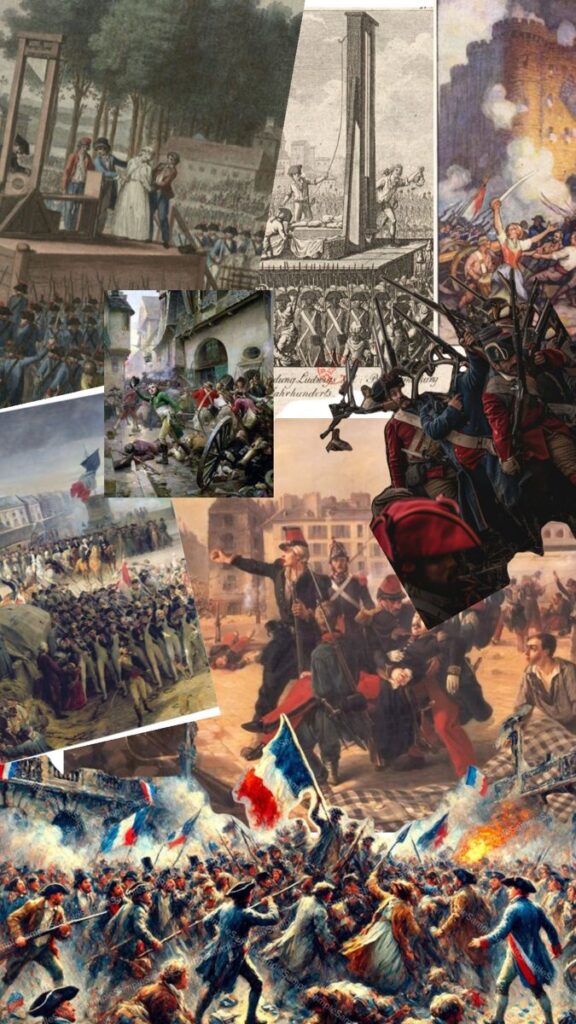🎯 Most Important Questions + PYQs + Marks-wise + Easy Language
🔹 🧠 2 Mark Questions (Very Short Answer – 30-50 words)
Answer briefly but clearly. These often come as definitions, examples, or reasons.
- Define Cold War.
👉 The Cold War was a period of political and military tension between the USA and USSR after WWII, where both avoided direct war but competed for influence globally. - What is meant by bipolarity?
👉 Bipolarity means the division of the world into two power blocs: one led by the USA (capitalist bloc) and the other by the USSR (communist bloc). - What was the Marshall Plan?
👉 It was a US program to provide financial aid to rebuild Western European economies after WWII to contain communism and strengthen capitalism. - What do you understand by the Arms Race?
👉 A competition between superpowers to build more powerful nuclear weapons and military technology, leading to high tensions. - What was the Warsaw Pact?
👉 It was a military alliance of the Soviet Union and Eastern European countries formed in 1955 to counter NATO. - What is NAM?
👉 NAM or Non-Aligned Movement is a group of countries that did not align with either USA or USSR and promoted peace, independence, and development.
📌 PYQ (2022): What does ‘proxy war’ mean?
👉 A war where two superpowers support different sides without fighting directly. Example: Vietnam War, Korean War.
🔸 ✏️ 4 Mark Questions (Short Answer – 80-100 words)
Use bullet points or structured paragraphs with examples and facts.
- What were the main causes of the Cold War?
👉
- Ideological conflict: Capitalism vs. Communism
- Power struggle after WWII
- Formation of NATO (1949) and Warsaw Pact (1955)
- US policies like Marshall Plan and Truman Doctrine
- Desire for global dominance by both powers
- Describe the Cuban Missile Crisis.
👉
- In 1962, USSR placed nuclear missiles in Cuba.
- The USA saw this as a direct threat and demanded removal.
- A 13-day intense standoff occurred.
- Finally, USSR agreed to remove missiles, avoiding nuclear war.
- Why did superpowers want to control smaller states?
👉
- To build military bases
- Access to natural resources and markets
- Gain political allies in UN
- Spread their ideology (capitalism or communism)
- What was the role of NAM during the Cold War?
👉
- Refused alignment with any bloc
- Supported peaceful coexistence
- Opposed colonialism and imperialism
- Promoted economic and cultural cooperation among poor nations
📌 PYQ (2019): Name any two founders of NAM.
👉 Jawaharlal Nehru (India) and Josip Tito (Yugoslavia)
🔵 🖋️ 6 Mark Questions (Long Answer – 120–150 words)
Use Intro + Explanation + Conclusion. Mention examples & dates wherever possible.
Q1. Explain the Cold War and its major impacts on the world.
Answer:
The Cold War was a 45-year long tension (1945–1990) between two superpowers — USA and USSR. It started after WWII and was marked by military, ideological, and political rivalry.
🔹 Impacts:
- Division of the world into two blocs
- Creation of military alliances: NATO, Warsaw Pact
- Arms Race and nuclear weapons buildup
- Proxy Wars in Vietnam, Korea, Afghanistan
- Led to the Non-Aligned Movement (NAM)
- Fear of nuclear war but no direct fighting between superpowers
The Cold War ended in 1991 with the disintegration of the Soviet Union, leaving the USA as the only superpower.
Q2. What was the Non-Aligned Movement (NAM)? Explain its objectives and relevance.
Answer:
NAM was started in 1961 by leaders like Nehru (India), Tito (Yugoslavia), Nasser (Egypt). These countries chose not to align with the USA or USSR.
🔹 Objectives of NAM:
- Preserve independence and sovereignty
- Oppose colonialism and apartheid
- Promote world peace and cooperation
- Encourage economic development of poor countries
- Avoid involvement in power blocs
🔹 Relevance during Cold War:
- It gave space for Third World countries to assert their own identity
- Helped in reducing Cold War tensions
- Advocated disarmament and peaceful coexistence
Even today, NAM stands as a platform for developing countries to raise collective concerns.
Q3. What was the Cuban Missile Crisis? Why was it significant in the Cold War context?
Answer:
The Cuban Missile Crisis (1962) was a dangerous event during the Cold War. USSR placed nuclear missiles in Cuba, just 140 km from the US coast.
🔹 Significance:
- Brought the world to the brink of nuclear war
- Showed aggressive competition between superpowers
- Led to the creation of nuclear hotline between USA and USSR
- Created awareness about the need for diplomacy and disarmament
It marked a turning point in the Cold War where both sides started to cautiously manage their rivalry.
📌 CBSE PYQs (2016–2024) Summary Table
| Year | Question | Marks |
|---|---|---|
| 2024 | What is proxy war? Give an example. | 2 |
| 2023 | Explain any two features of NAM. | 4 |
| 2022 | What do you mean by Cold War? | 2 |
| 2020 | Explain Cuban Missile Crisis. | 4 |
| 2019 | Name any two founders of NAM. | 2 |
| 2018 | What is Arms Race? Explain. | 4 |
| 2017 | List any two military alliances. | 2 |
📒 Revision Key Points
✔ Cold War = US vs USSR tension (no direct war)
✔ Two military alliances: NATO & Warsaw Pact
✔ Proxy wars = Vietnam, Korea, Afghanistan
✔ NAM = Nehru, Tito, Nasser — peaceful & independent path
✔ Cuban Crisis = near-nuclear war in 1962
✔ Ends in 1991 with USSR’s disintegration


